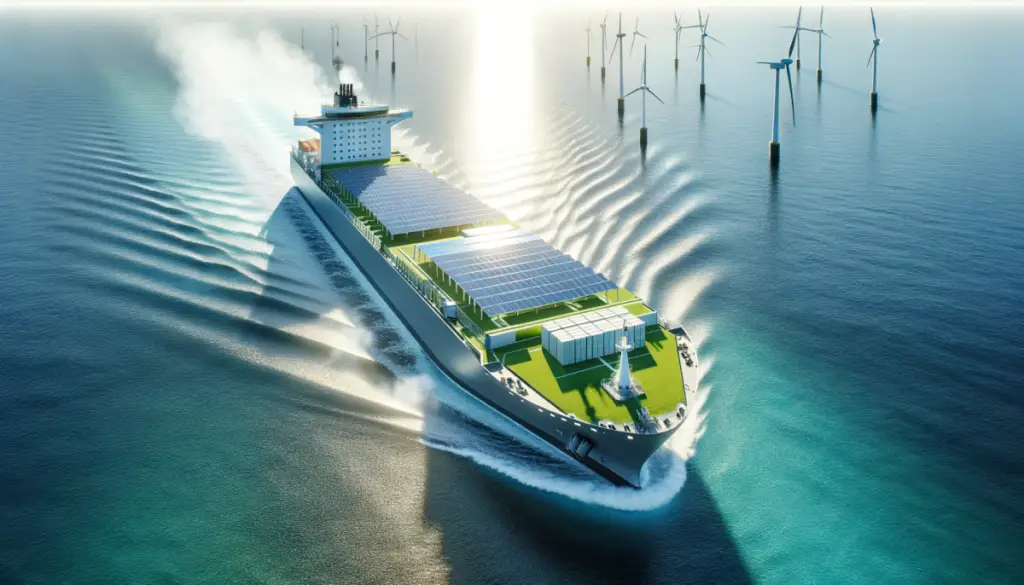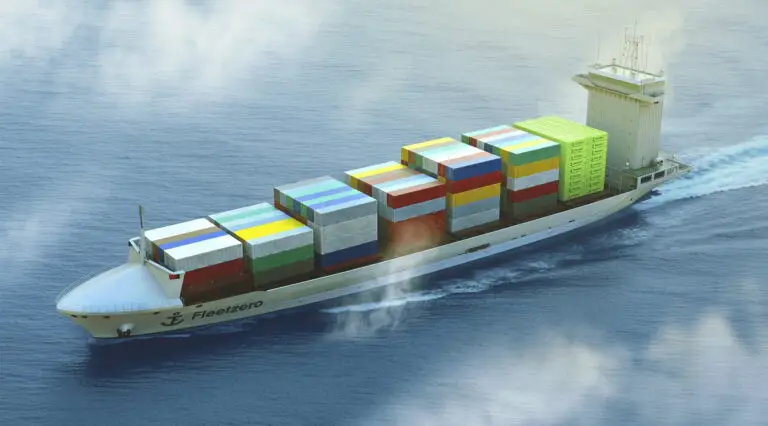Is the rise of shipping containers as a green solution genuinely sustainable, or just another drop in the ocean of environmental concerns?
Shipping containers have revolutionised global trade, but their environmental impact is significant. Traditional steel containers contribute to substantial carbon emissions during production and transport, and their disposal poses additional environmental challenges. However, recent innovations, such as using eco-friendly materials and green logistics practices, aim to mitigate these effects. The question remains: can these innovations transform shipping containers into a truly green solution, or are we merely scratching the surface of a more profound environmental issue?
Shipping containers, the unsung heroes of global trade, have been pivotal in shaping modern logistics. Their sturdy, uniform design has made them indispensable for transporting goods across the globe. Yet, as the world increasingly prioritises sustainability, these steel giants face scrutiny for their environmental footprint. The process of manufacturing, transporting, and eventually disposing of shipping containers leaves a trail of carbon emissions and waste that is difficult to ignore.
At the heart of the debate lies a paradox: while shipping containers facilitate global commerce, they also contribute to the very environmental degradation that threatens our planet. The industry is now exploring ways to turn this paradox on its head, seeking innovative solutions that could transform containers from environmental culprits to green champions.
The Environmental Costs of Traditional Containers
Traditional shipping containers are predominantly made from steel and aluminium, materials notorious for their energy-intensive production processes. The carbon footprint associated with manufacturing a single container can be staggering, with each unit emitting up to 5,000 kilograms of CO2 during production. Beyond production, the lifecycle of a shipping container involves long-distance transportation, contributing further to greenhouse gas emissions. Once these containers reach the end of their operational life, they often end up in landfills, adding to the growing problem of waste management (Ship Universe) (Mr. Fournier Logistics).

Moving Towards Eco-Friendly Alternatives
To address these issues, the shipping industry is increasingly turning towards eco-friendly alternatives. New materials such as bamboo, hemp, and recycled plastics are being explored for container production. These materials not only reduce the carbon footprint during production but also offer better biodegradability, making disposal less environmentally taxing. However, these materials present challenges in terms of cost and durability, limiting their widespread adoption (Ship Universe) (RTF | Rethinking The Future).
Another promising development is the recycling and repurposing of used containers. Instead of allowing them to accumulate in landfills, these containers are being transformed into homes, offices, and even community centres. This practice not only extends the life of the containers but also reduces the demand for new construction materials, contributing to overall resource efficiency (RTF | Rethinking The Future) (Living in a Container).
Green Logistics: Optimising Shipping Routes and Reducing Emissions
Beyond the containers themselves, the logistics of transporting goods also play a critical role in the environmental impact. Optimising shipping routes to reduce travel distance and adopting fuel-efficient transportation methods can significantly cut emissions. The concept of “slow steaming,” where ships reduce their speed to save fuel, has also gained traction. Slowing down by just 10% can lead to a 27% reduction in emissions, highlighting the potential for operational changes to make a big difference (Transport & Environment).
The International Maritime Organization (IMO) has introduced regulations aimed at reducing the maritime sector’s carbon footprint, such as the Energy Efficiency Design Index (EEDI), which sets stricter efficiency standards for new ships. However, critics argue that these measures are not stringent enough to drive the radical changes needed to meet global climate goals (Transport & Environment).
The Challenges of Implementing Green Solutions
Despite these advancements, significant challenges remain. The high initial costs of developing and deploying eco-friendly containers deter many shipping companies, especially smaller ones. Moreover, integrating these new materials and technologies into existing infrastructure requires substantial investment and innovation. There’s also the issue of ensuring that eco-friendly containers are as durable and reliable as their traditional counterparts, which is crucial for their adoption on a larger scale (RTF | Rethinking The Future).
Conclusion
Shipping containers are at a crossroads. On one hand, they are essential to global trade, driving economies worldwide. On the other, their environmental impact cannot be ignored. The shift towards greener solutions is promising, but it is only the beginning. For shipping containers to truly become a green solution, the industry must overcome significant financial, technical, and logistical barriers. It’s a formidable challenge, but with concerted effort and innovation, it’s not insurmountable.
As the shipping industry continues to evolve, the hope is that eco-friendly containers will move from the fringes to the forefront, becoming the standard rather than the exception. This transformation could not only reduce the environmental impact of global trade but also set a powerful example of how industries can adapt to meet the demands of a changing world.
“Turning shipping containers from environmental culprits into green champions requires more than just innovation—it demands a paradigm shift in how we approach global trade and sustainability.”
Are you ready to be part of the green revolution in shipping? Explore sustainable logistics solutions and find out how your business can contribute to a more sustainable future. Contact us today to learn more.









